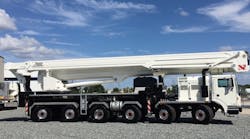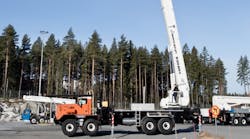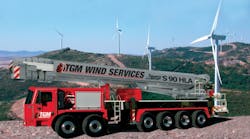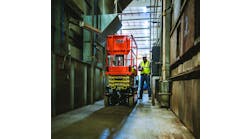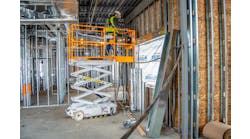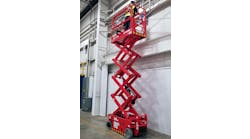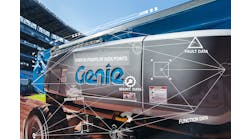In an interview with RER, Janne Pulkkinen, vice president, Bronto North America, discusses Bronto’s new insulated product range, the growing demand for taller units, being proactive with ANSI standards, and why safety awareness helps the growing aerial market.
RER: What have been your most recent technological developments on your equipment?
Pulkkinen: We are introducing our new XR series (184 to 230 feet), which is the most compact series ever in size in our history and has performance values that even exceeds those of competition. Also, we will introduce this fall a new insulated product SI219HDT-C at ICUEE 2017 with voltage rate up to 765kV. This is world’s tallest insulated product and after that we’ll have a comprehensive range of insulated products starting from SI140HDT-C.
What new technological developments are on the horizon for you?
Pulkinnen: We will be updating our product offering on both, smaller and on taller end using mass-customization principles.
In general, what trends do you see coming up in aerial equipment?
Pulkkinen: We are seeing more demand for taller units. New transmission lines are taller, and nacelle heights in the wind industry are becoming taller. Some cities are also interested in procuring taller units for window cleaning and building inspection. Generally speaking the use of aerial working platforms will be increasing.
How will the next version of the ANSI standards change things in the aerial equipment market? What changes are you making in manufacturing to conform to those incoming standards?
Pulkkinen: Our product strategy has always been to be proactive with expected standard changes. One of the major changes in a new ANSI standard is platform load sensing which has been our practice as far as I can remember. Training has also been an important process for us and for example we have selectable different operator levels based on operator training and skill levels. Training and operator material can be shared easily with help of our web portal Skyliftfleet. Skyliftfleet also has platform data as well as a service log in it.
Any new developments in training?
Pulkkinen: Development steps between the interface of a product and an end user are the most important one when thinking of one’s capability to use the product. With that said, we are in a process of introducing our new 5th generation Bronto+ control system. It has some nice features that assist end user even more efficiently than the earlier versions. Also, it allows more a reliable way for remote access which in turn reduces possible down time.
In general, what are your expectations for the aerial market in the foreseeable future, in North America and internationally?
Pulkkinen: North America is a tough market to crack. But for as long as general safety consciousness continues to become more and more important we should be able to get market share from more conventional ways of lifting people up high. The more companies see safety and efficiency gained by working with truck mounts the more growth. Internationally market areas all over the world are in different stages. It is our advantage to see the global view and utilize lessons learned from different markets.
